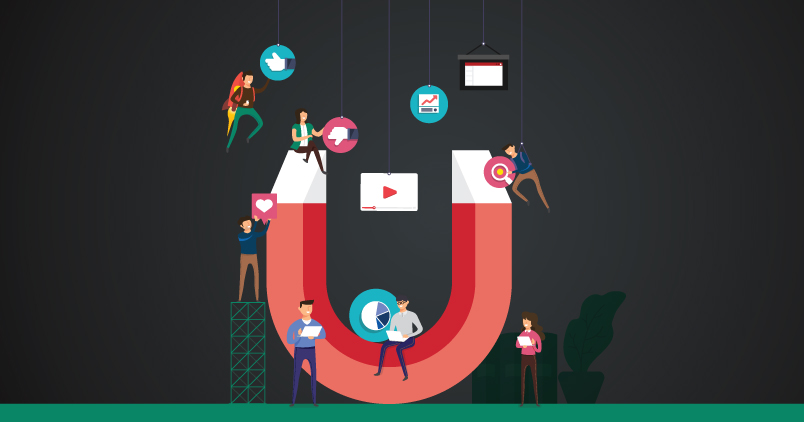Retention is one of the most important metrics for app developers, publishers, and marketers to analyze. As we’ve previously discussed, retention and monetization go hand in hand. Research has repeatedly shown that acquiring new users is many times more expensive than retaining existing users, so fostering loyalty is just good business sense.
While there are a variety of metrics that paint a broader picture of retention, understanding how they converge over time can be a challenge. One theoretical tool that app developers and marketers can use is a retention curve, which helps determine where users are dropping off in their lifecycle. In this post, we’ll cover the basics of retention curves and why they’re so useful. Let’s dig in!
link to retention metrics article when available
What is a Retention Curve?
A retention curve is a visual representation of a company or app’s number of engaged customers or users over time. Retention curves typically appear on charts with the percentage of returning monthly users on the Y axis and length of time on the X axis. This is a good way to get a handle on how many users are returning after that initial app download.
There are a few different ways to create a retention curve chart, though it consistently involves collecting retention data from crucial time periods — Day 1, Day 3, Day 7, and so forth — and inputting that information into a chart. At its core, a retention curve illustrates user loyalty, which is itself a nuanced topic.

What is Loyalty?
When it comes to mobile app retention, loyalty specifically refers to the relationship between the user and the product, such as a mobile game, app, website, or even a digital product portfolio.
Loyalty and retention may sound similar, but they’re not exactly the same — though they do go hand-in-hand. At wapper, this is something we think about a lot. In fact, we have built an automated loyalty solution designed to boost retention using machine learning technology. Understanding loyalty is not just a rewards program, but also a crucial part of improving retention overall and getting those curves trending in the right direction.
If you’re finding that your users aren’t displaying a strong sense of loyalty, there are a few strategies that can help:
- Be more relatable: Consumers tend to feel affinity to brands they can relate to. The same goes for apps; make sure all communications are embodying the same values and language as your intended audience. Make users feel like actual people, instead of just vessels for revenue.
- Improve customer service:Good customer service is one of the biggest drivers of increased loyalty. Make sure users’ issues are addressed quickly and resolved as positively as possible. Even if things go wrong along the way, users respond positively to customer service representatives who make an effort to understand and address their issue.
- Reward long-term users: Whether it’s in-app currency or special items for returning users, rewards are a great way to get people to stick around. This is an especially popular method in the mobile gaming industry, but can also be applied to many other kinds of apps.
- Listen to feedback: If your app is getting negative reviews, take those critiques seriously. Users like knowing that they’ve been heard, and can offer perspectives that app developers may not have considered. This also fosters long-term relationships because users feel like they’re part of the process.
Types of Retention Curves
Now that we know what retention curves are and how they relate to user loyalty, let’s get into the different kinds of retention curves. According to venture capital firm Sequoia, there are three main types:
- Flattening: A flattening curve shows that a consistent percentage of users have continued to use the app over a long period of time. Typically this curve evens out after an initial dropoff, which is to be expected. Flattening curves can be encouraging or disappointing, depending on the percentage of users representing the curve.
- Declining: This is the kind of curve you don’t want to see. As the name suggests, declining curves represent a continuous loss of users. If declining curves are allowed to continue without intervention, the number of users will eventually reach zero. These curves are easy to recognize because unlike flattering and smiling curves, they never even out or begin to rise again.
- Smiling: You may have guessed that a smiling curve represents a positive outcome just based on its name. That’s correct! Smiling curves actually see an increase in users over time. They usually start strong, drop off a bit, and then skew back upwards, showing an increase in user acquisition and retention.
Understanding retention curves won’t automatically solve all of your problems, but it is a useful barometer with which to gauge success. Apps need a consistent user base to thrive, and retaining existing users is far more cost-effective than constantly chasing new ones. By looking at your own retention curves and seeing how retention is trending — whether that means flattening, declining, or smiling — will give you a big-picture view of what’s going right and what needs improvement.
Want to know more about loyalty programs and how they impact retention? Contact the experts at wappier.







